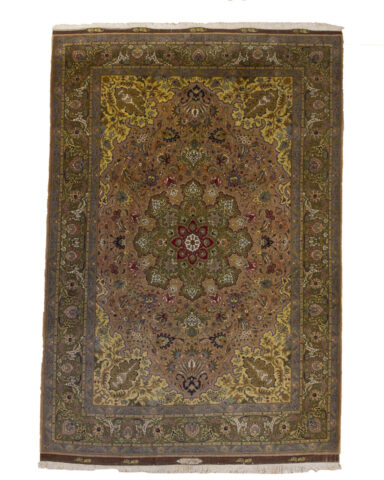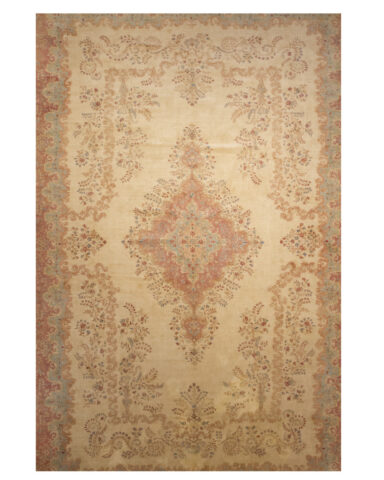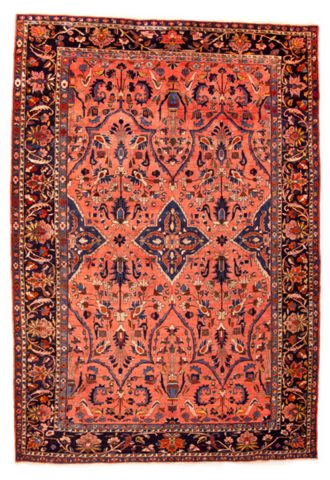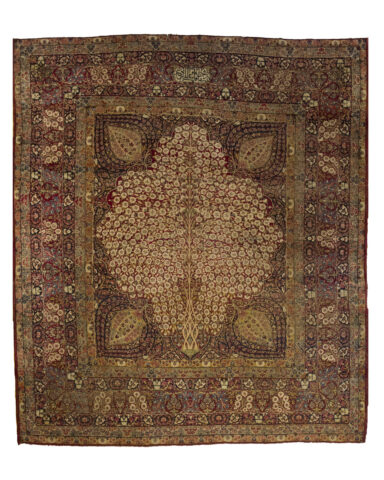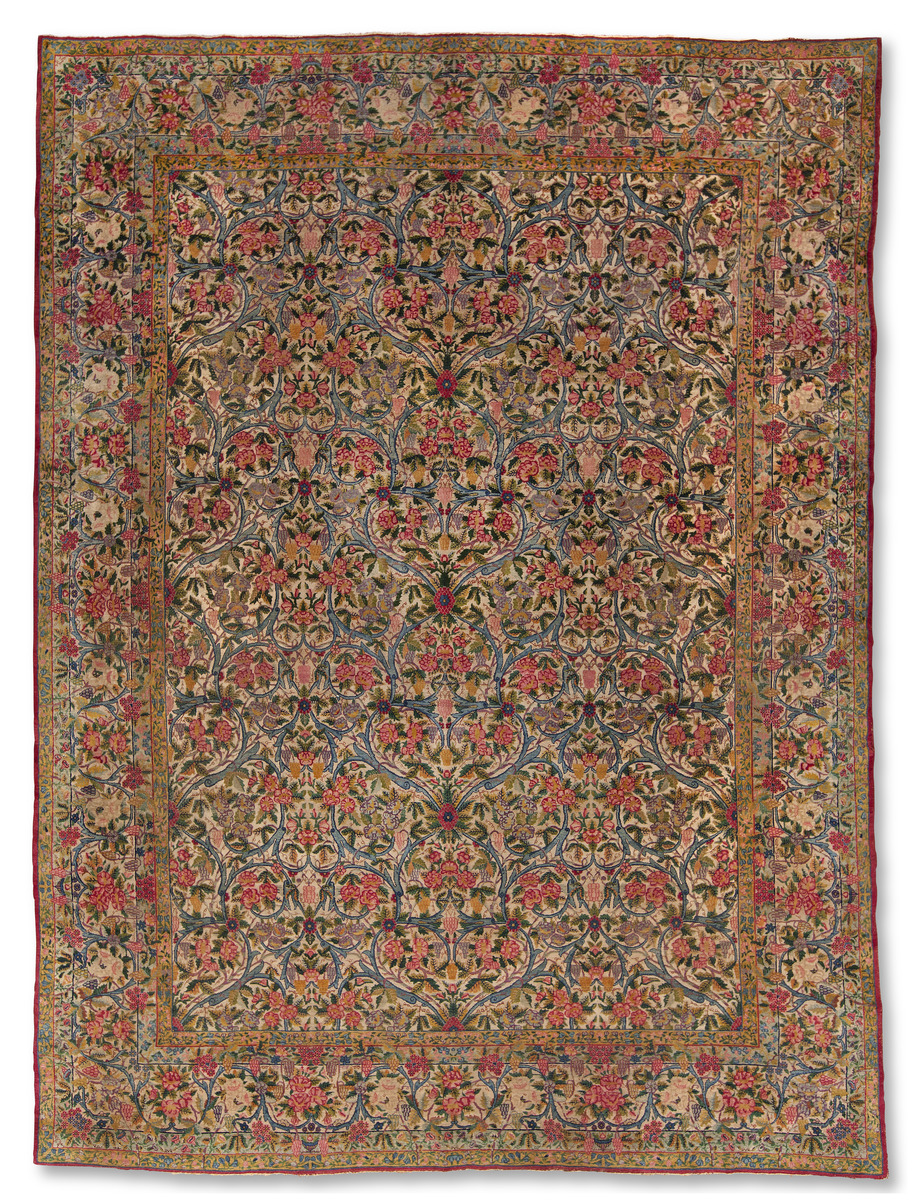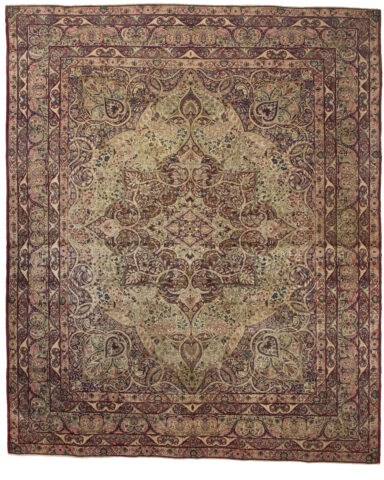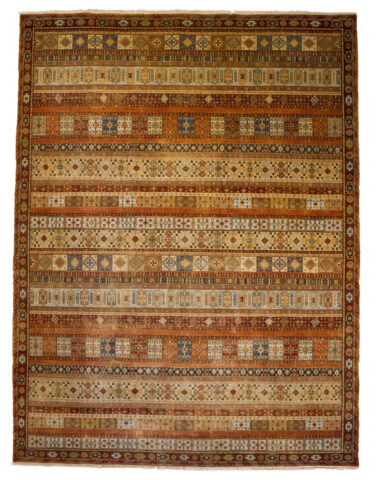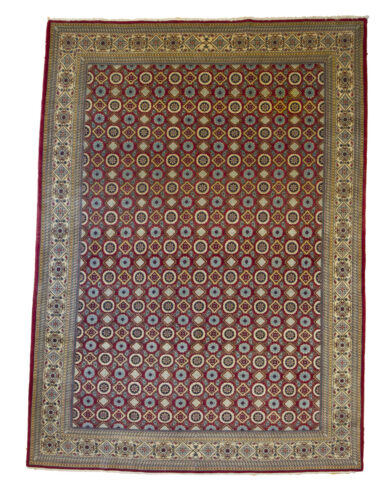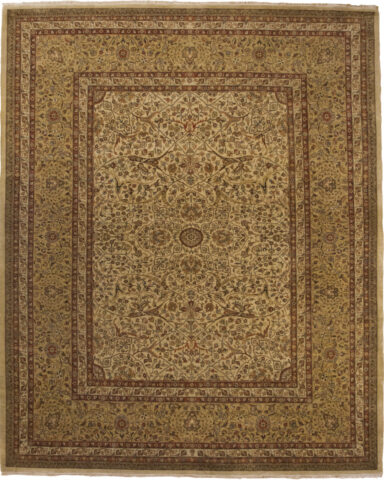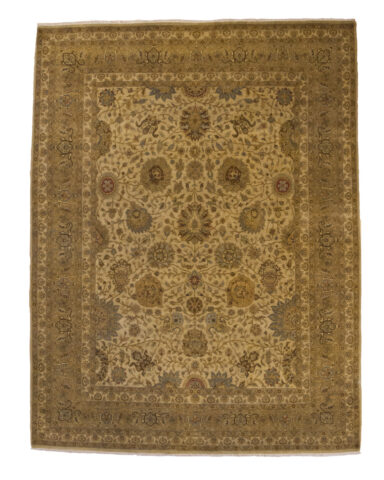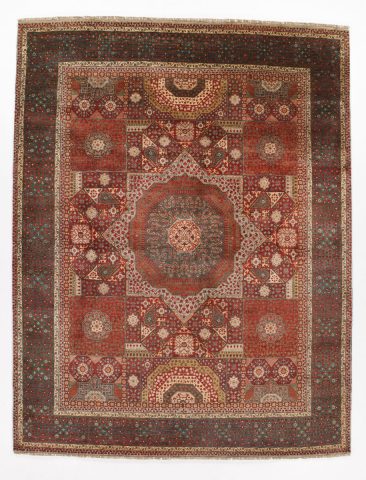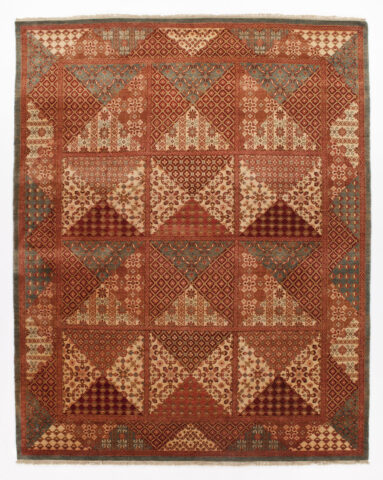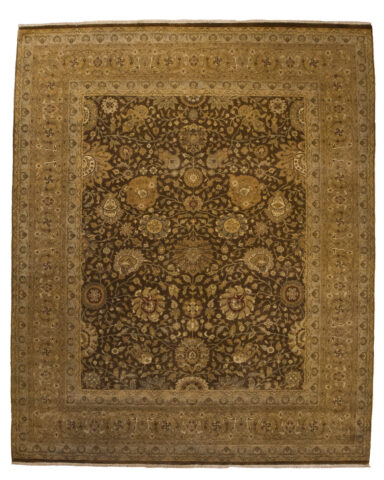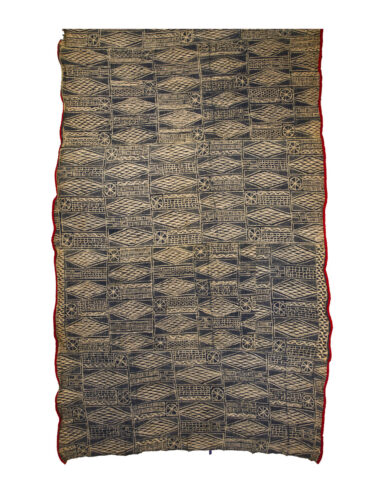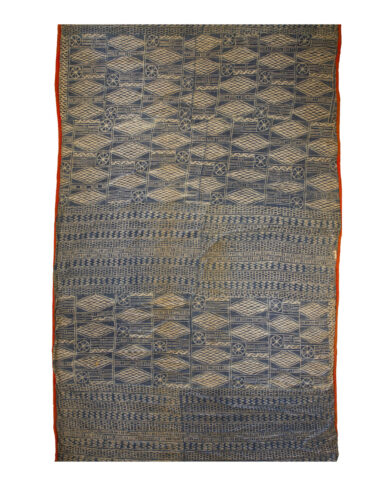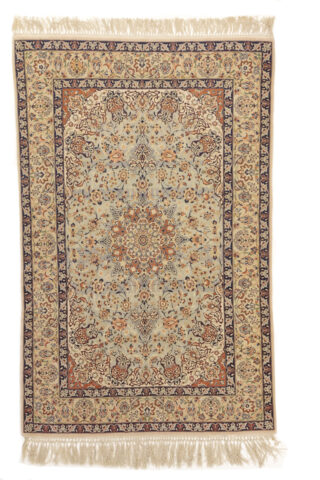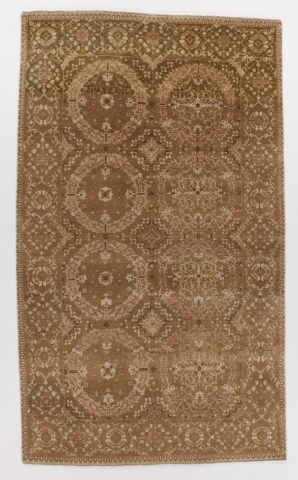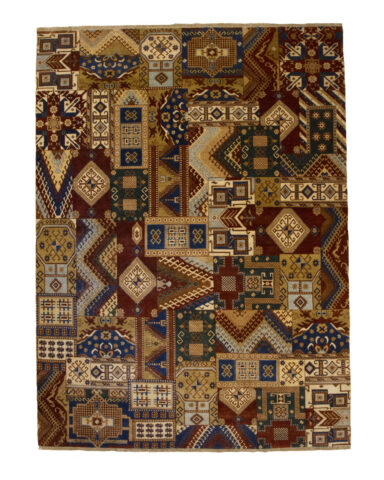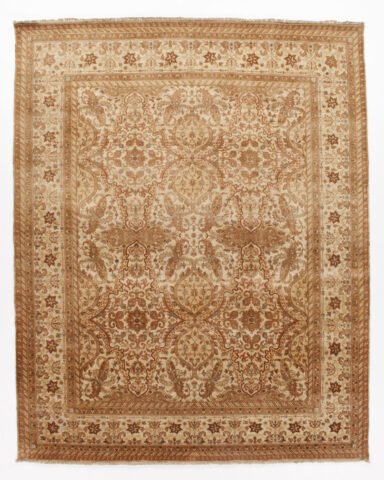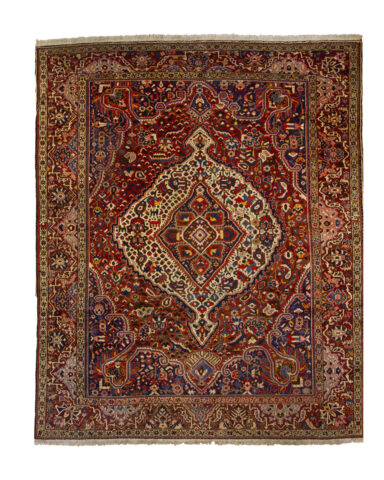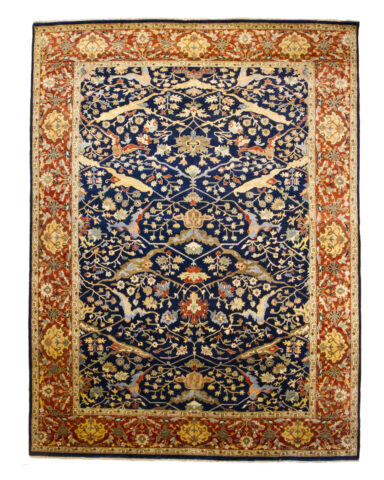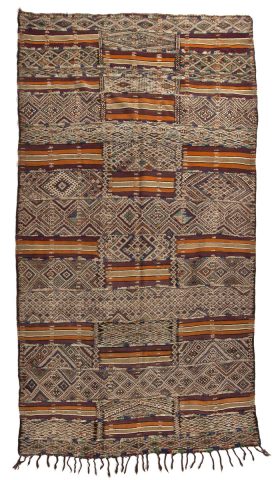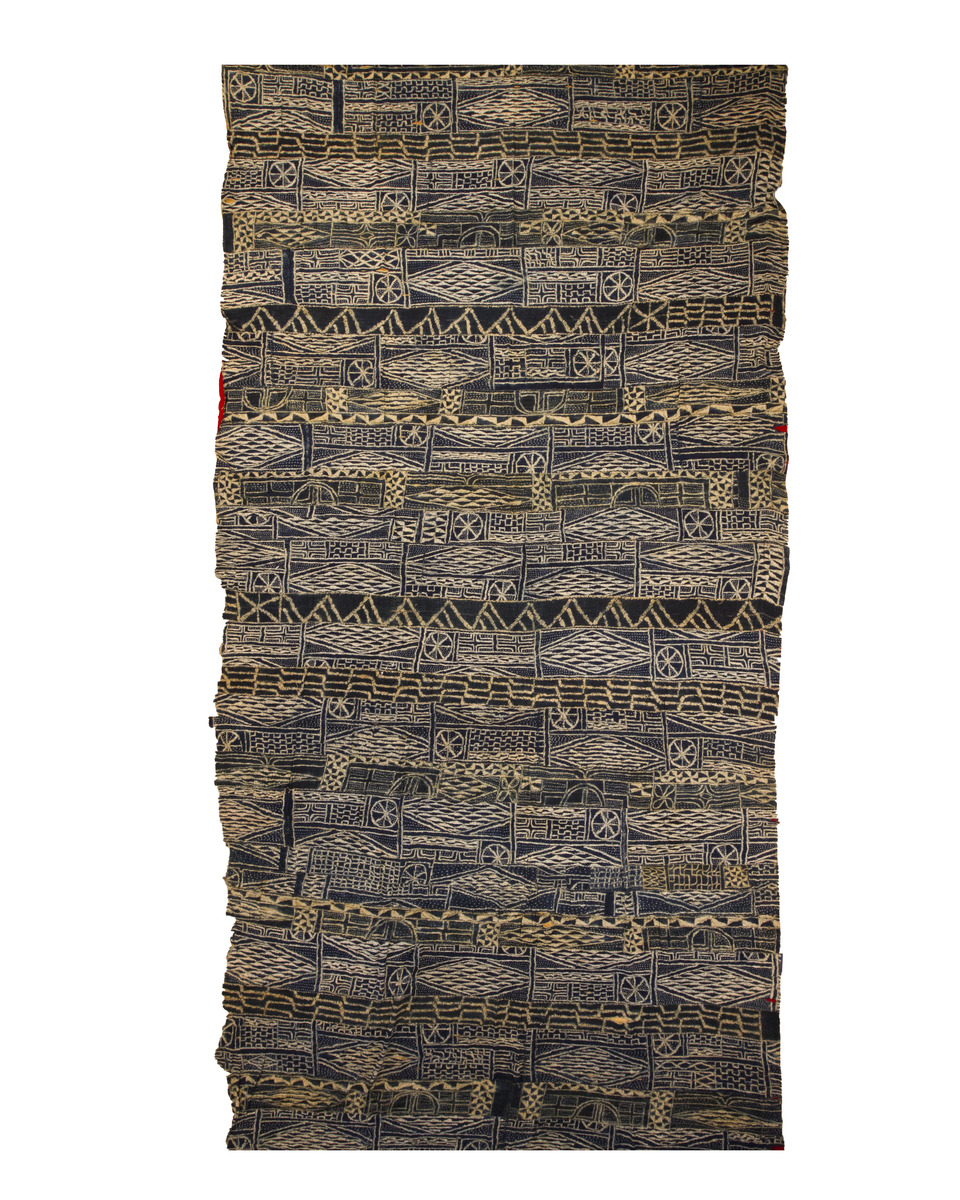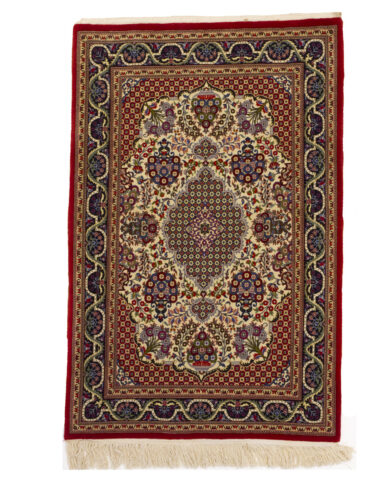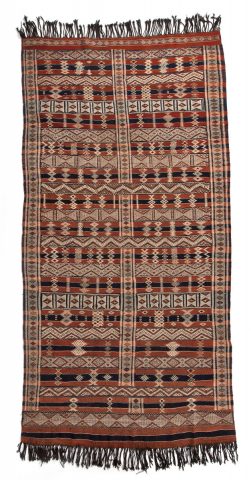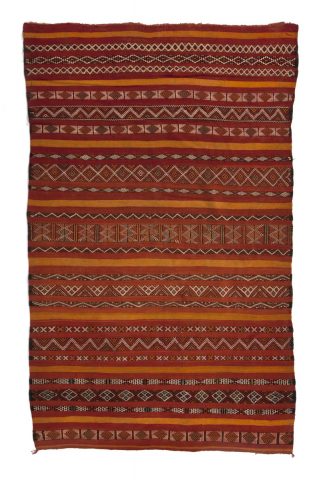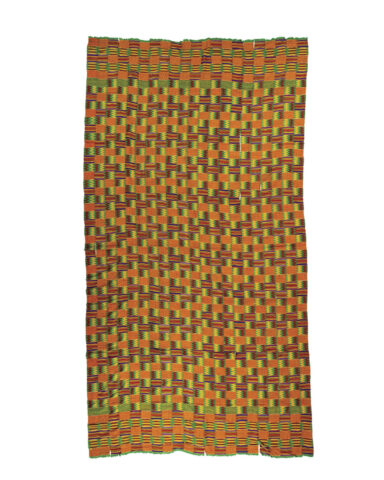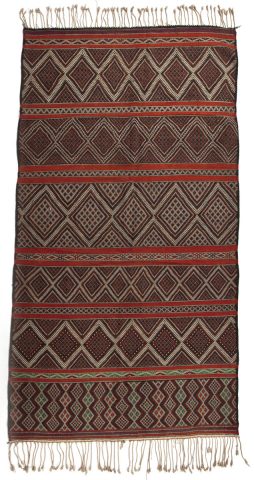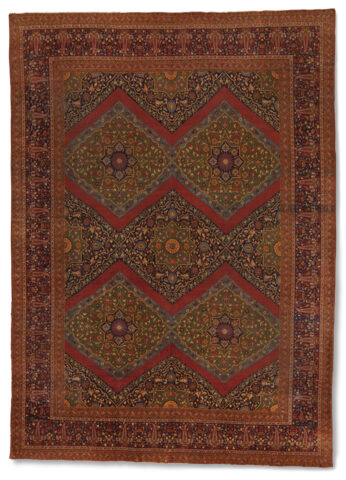Description
The Kerman Lavar prayer hand-knotted carpet from the early 20th century is a beautiful and highly sought-after example of Persian craftsmanship. Originating from the Kerman Lavar region in Persia, these carpets are renowned for their intricate designs, exquisite color combinations, and exceptional quality.
Design: The Kerman Lavar prayer carpet typically features a central “Mihrab” or “prayer niche” design, which is an arch-shaped motif representing the direction of prayer towards Mecca. The field surrounding the Mihrab is often adorned with floral patterns, medallions, and intricate arabesques that showcase the incredible skill of the artisans. The carpet’s border is usually composed of multiple narrow bands filled with geometric, floral, or calligraphic motifs.
Materials and Knotting Technique: These carpets are made from high-quality wool or a blend of wool and silk, which gives them a soft and luxurious feel. The wool used in these carpets is known for its fine texture, lustrous sheen, and durability. The dyes used in the early 20th century Kerman Lavar carpets were mainly vegetable-based, resulting in rich, vibrant colors that have stood the test of time.
The hand-knotting technique used in creating these carpets is known as the Persian (or Senneh) knot, which results in a dense and fine pile. The Persian knot is an asymmetrical knot, looped around one warp thread and then pulled tight against the adjacent warp thread. This technique allows for a higher knot count and more intricate designs compared to other knotting methods. Kerman Lavar carpets from the early 20th century typically have a knot density ranging from 200 to 500 knots per square inch, although some finer examples can have even higher knot counts.
Color Palette: The color palette of the Kerman Lavar prayer carpets from the early 20th century is often characterized by a harmonious blend of rich and subtle hues. Common colors found in these carpets include deep blues, reds, and ivories, as well as shades of green, gold, and brown. The natural dyes used in these carpets tend to mellow and soften over time, creating a patina that adds to their charm and allure.
Significance and Collectibility: Kerman Lavar prayer carpets from the early 20th century are highly collectible due to their rarity, artistic merit, and the cultural significance of Persian carpets as a whole. They are considered an investment in both art and history, with many examples now residing in museums, galleries, and private collections around the world. These carpets are also admired for their ability to maintain their beauty and durability despite the passage of time, making them a
cherished heirloom that can be passed down through generations.
Their enduring appeal and the appreciation for their artistry have resulted in strong demand from collectors and connoisseurs, ensuring that these carpets continue to be valued and celebrated in the present day. As more people become aware of the beauty and significance of these carpets, it is likely that their desirability and value will only continue to grow, solidifying their status as a remarkable and timeless testament to the rich history and artistic traditions of Persia.


